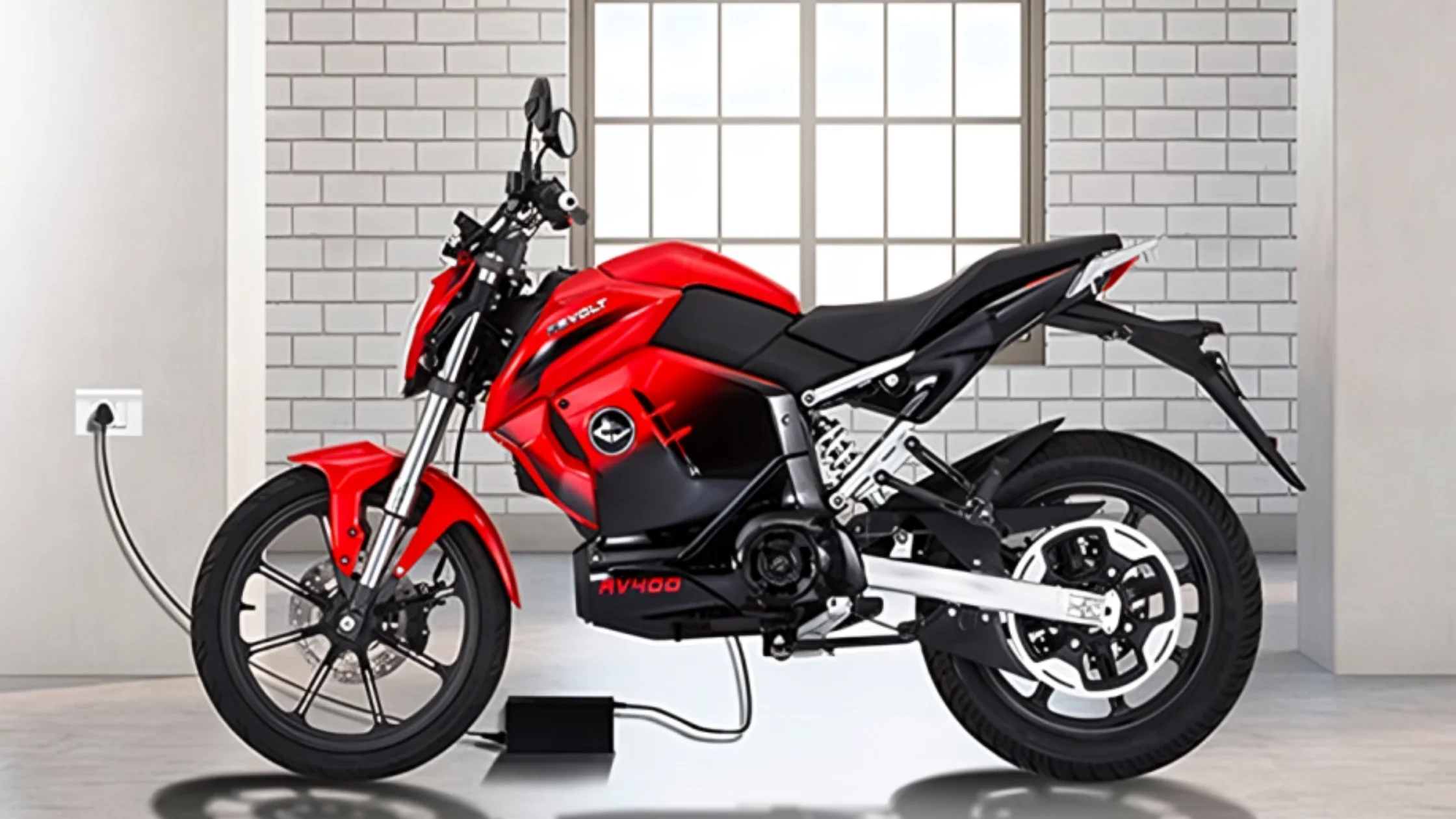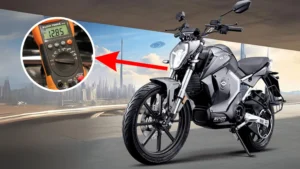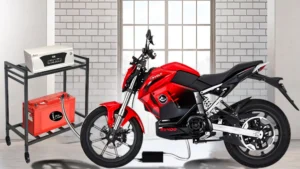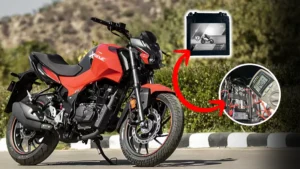Charging a bike battery at home is considered to be one of the important skills for any bike owner, whether a person have a traditional motorcycle or an electric bike, for both it is an essential skill. This detailed article would delve you into the different nuances of the process, safety precautions, and along FAQs to ensure your bike battery is charged efficiently and safely.
How to Charge a Bike Battery at Home:
- Gather Your Equipment
Before charging a battery, you need a suitable battery charger, safety gear and access to a power outlet.
- Locate the Battery
For motorcycles, the battery is placed mostly under the seat or within the frame. In the case of electric bikes, it may be placed into the frame or removeable. Moreover, it could be helpful if you consult with the bike manual for the exact location, as it will give clear idea.
- Connect the Charger
There are two types of batteries that has different procedures for connecting the charger. For Lead- Acid Batteries: The red clamp is connected to the positive terminal, whereas the black clamp is connected to the negative terminal. On the other hand, For Lithium – Ion Batteries: It is essential to ensured that the charger is set to the correct way for lithium batteries. The clamps of Lithium- Ion Batteries will be connected same as the Lead- Acid Batteries.
- Power Up the Charger
Once clamps of the charger are safely attached, plug the charger into a power board. The modern chargers show the status of charging with lights.
- Monitor the Charging Process
It is essential to carefully monitor the process of charging. It is commonly safe to leave the charger connected, as many chargers are built up with an inherent safety feature that helps in avoiding overcharging. Though it is a great practice if the charging process is monitor periodically.
- Disconnect After Charging
Once the battery is fully charged that could be checked by the charger or battery indicator, unplug the charger and the clamps are being removed carefully, it should be removed in a reverse way, black first and then red.
- Store the Charger Safely
After using the charger, it needs to be stored safely, it should be stored in a dry place to ensure it remains in good condition as to use in future days.
Safety Precautions
- You should use the charger that the manufacturer has recommended to you.
- Charging in the extreme cold and hot temperatures should be avoided.
- Never charge a visibly damaged battery.
- Ensure the charging area is well-ventilated.
Also Read: Can You Jump a Motorcycle Battery With a Car?
Frequently Asked Questions
Yes, charging your bike battery at home is completely safe as long you are following the guidelines provided by the manufacturer and taking necessary steps to avoid any mishappening.
It is not necessary to charge the battery after every ride unless the battery is not being depleted. This would lead to increase in battery life.
While it is generally safe to leave your bike for overnight even after fully charged as due to the inherent safety features in the modern chargers.
Conclusion
Charging a bike battery at home is crucial for both traditional and electric bikes. To charge a battery, gather equipment, locate the battery, connect the charger, power up the charger, monitor the charging process, and disconnect after charging. Use the charger recommended by the manufacturer, avoid extreme cold and hot temperatures, and never charge a visibly damaged battery. Check the bike manual for the exact location of the battery. Power up the charger and monitor the process periodically. Disconnect the charger in a reverse order, black first and red second. Store the charger in a dry place, use the charger recommended by the manufacturer, avoid extreme cold and hot temperatures, and ensure well-ventilated areas.





[…] Also Read: How to Charge Bike Battery at Home […]
[…] Also Read: How to Charge Bike Battery at Home […]
[…] Also Read: How to Charge Bike Battery at Home […]